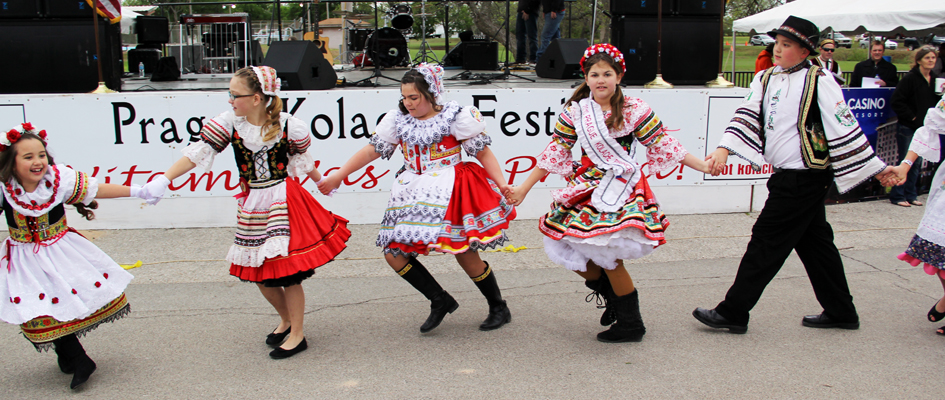
The history of the Beseda began back in ancient history. A number of small tribes settled in the central part of Europe and gradually grew into a group of small states, commonly known as Central European States in early history. The Central European States were surrounded by savage warlike tribes and they had to band together for mutual protection. Their languages became similar over the years and first one state then another became dominant.
Because of the raiding and pillaging by the fierce warriors of the stronger tribes, the Central Europeans settled in small villages and towns for protection. They went from there straight out to their farms and jobs.
They soon found that they couldn’t fight the stronger warriors and learned to outwit and outmaneuver them. When the people went away to war, the children were left with the old people of the village. To keep the children entertained, the grandparents told them folk tales of their ancestors and the heroes of the region.
Those tales and old love stories and other tales became folk songs and folk dances.
The word Beseda, to us, means Company or Visitors. When they got together they danced their favorite company dances or Beseda. Later the state leaders chose some of the most popular Besedas and combined them to make a national dance for the big state and national celebrations. There are many variations of the Beseda and the costumes as they came from different sections of the country.
After World War I the area was renamed Czechoslovakia. Here in America we dance many folk dances brought from Europe like the Highland Fling from Scotland and the Irish jibs and reels. In Prague, Oklahoma, we also dance the Beseda to try to preserve it and some of the customs and traditions that have been passed down through the years by the people who originated in Central Europe.
Each of the eight parts of the Beseda tells a separate story. A throwback to the origin of the dance. The first part tells of a group of young people who are out having fun and the girls decide to look around to see if they can find new partners who are more to their liking. The second part is part of the old game and so on, each part telling something about the early days.

